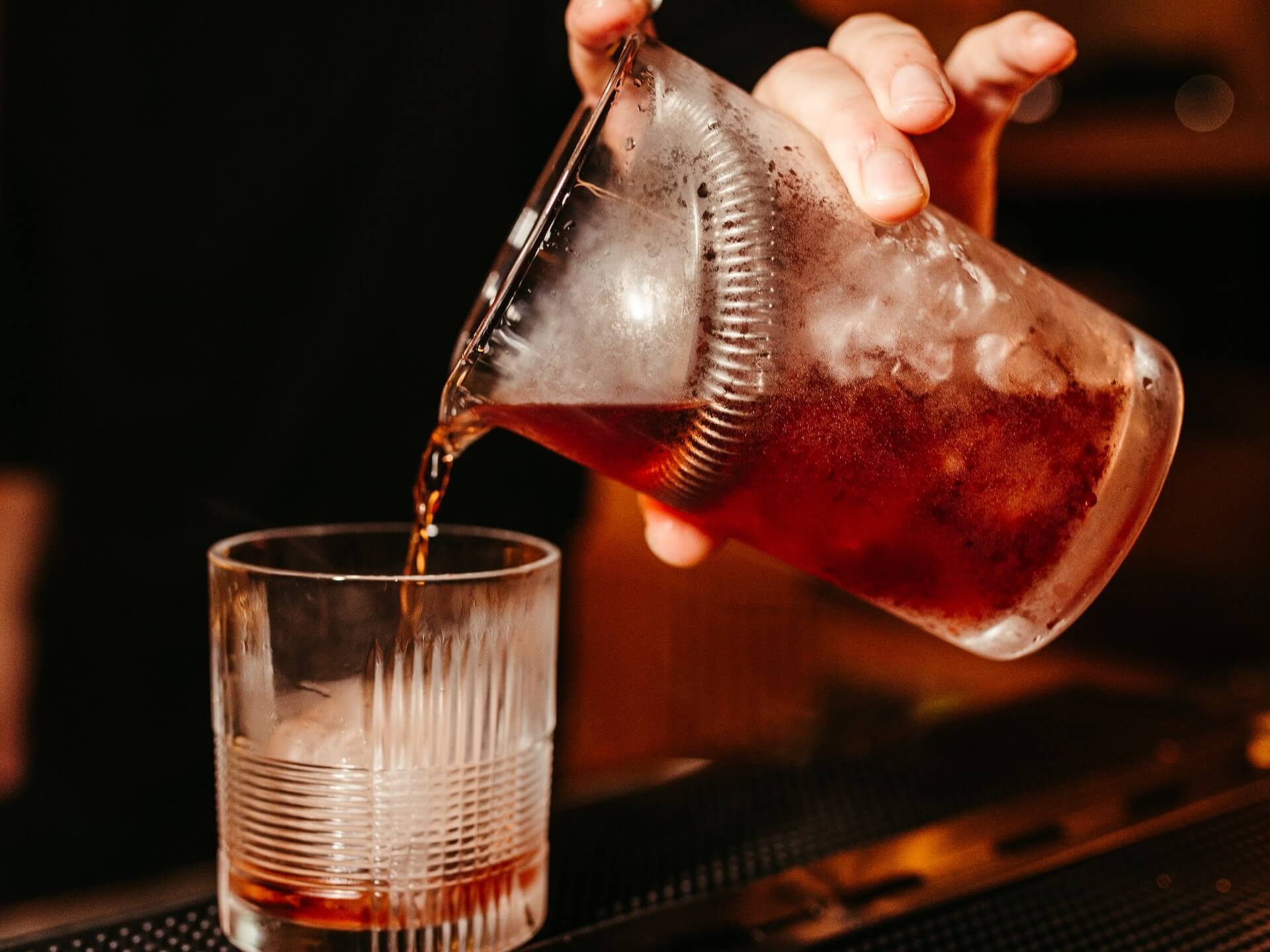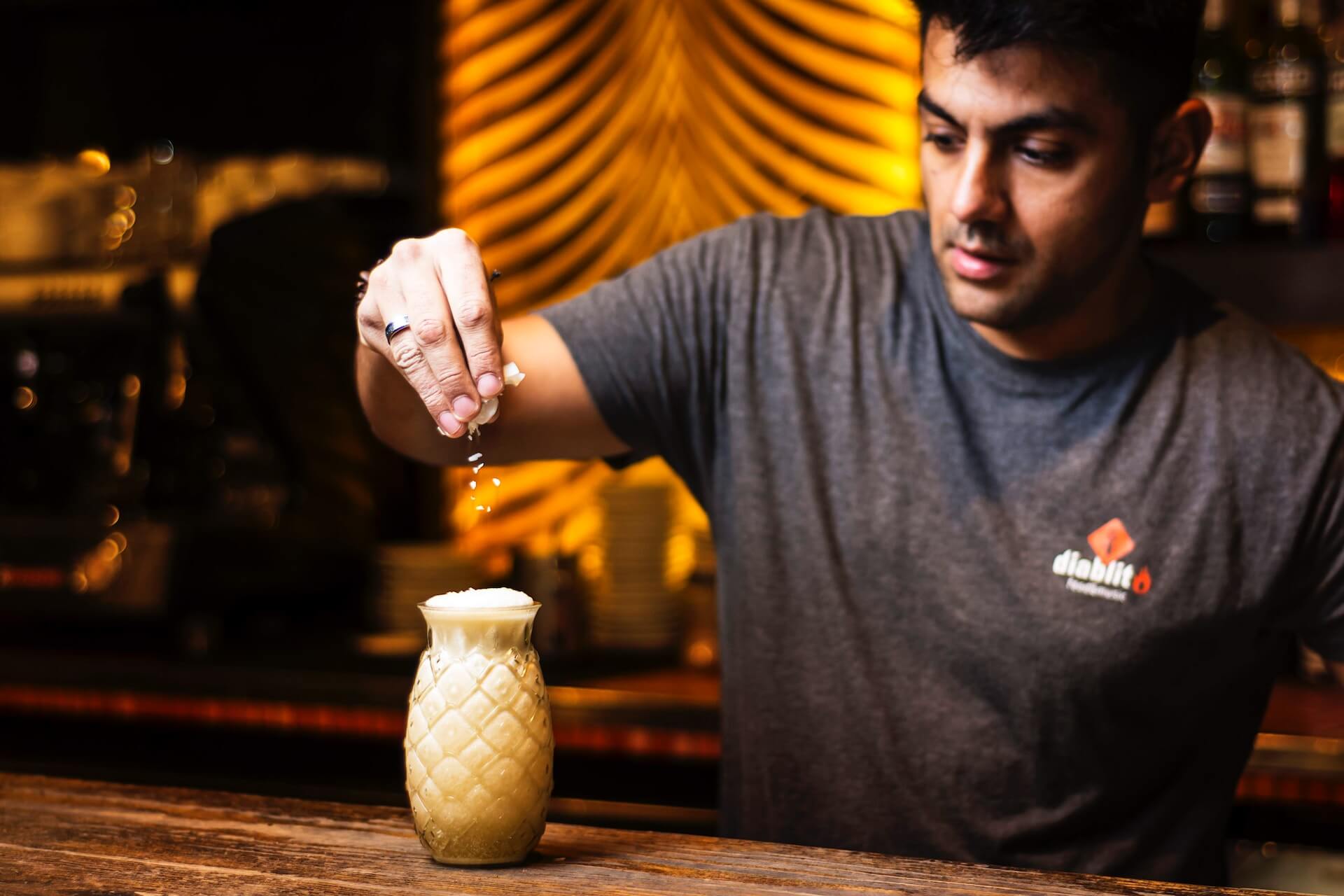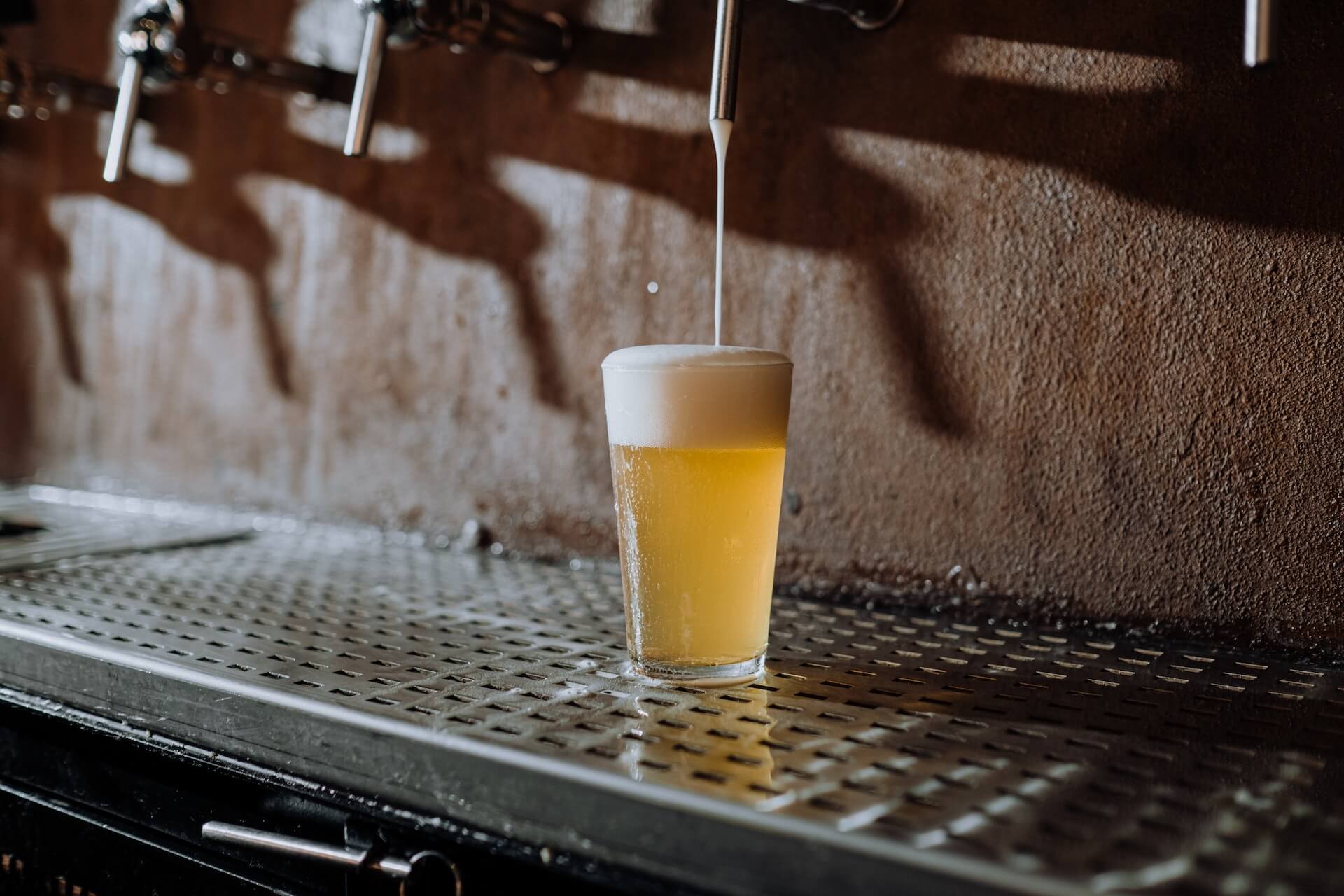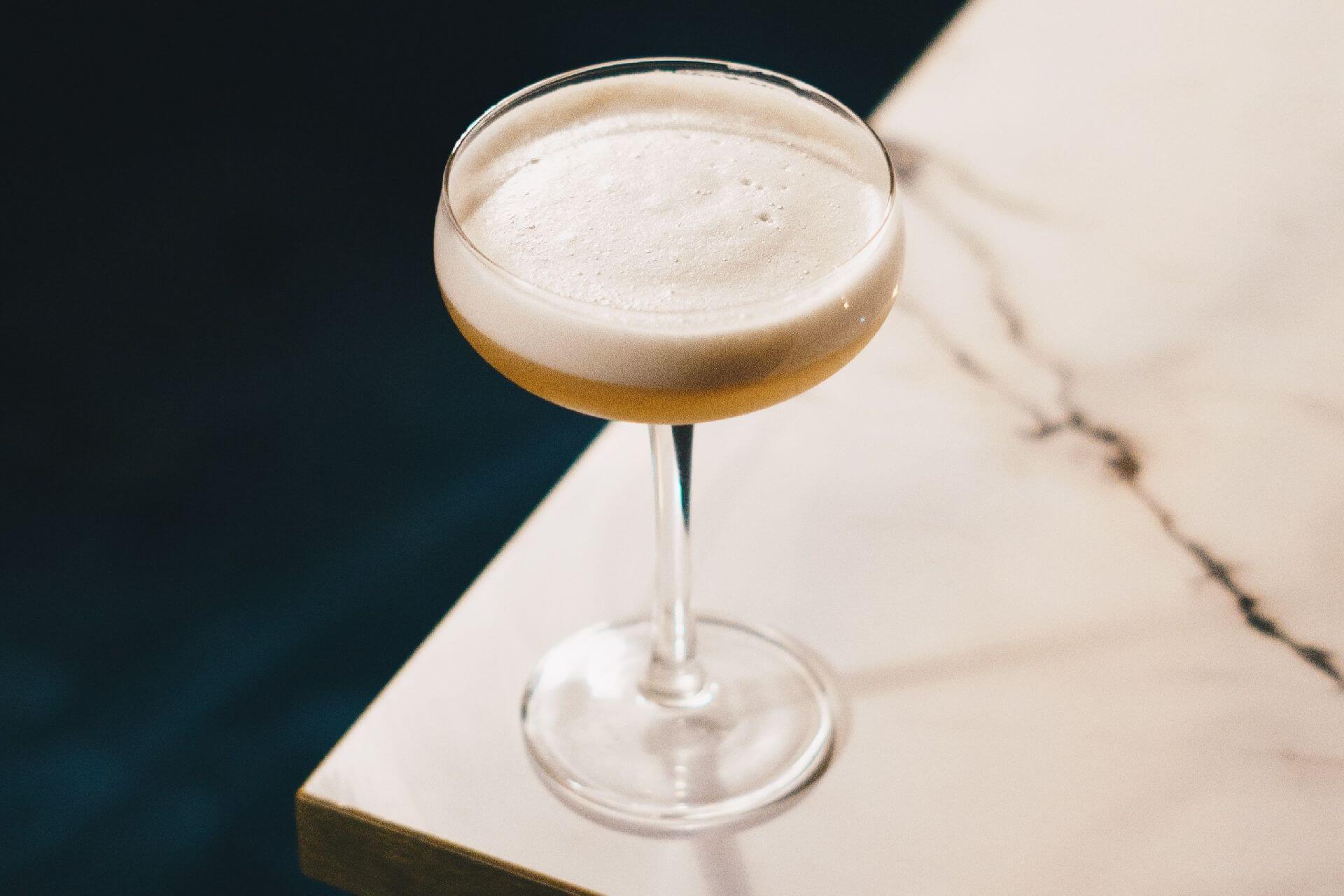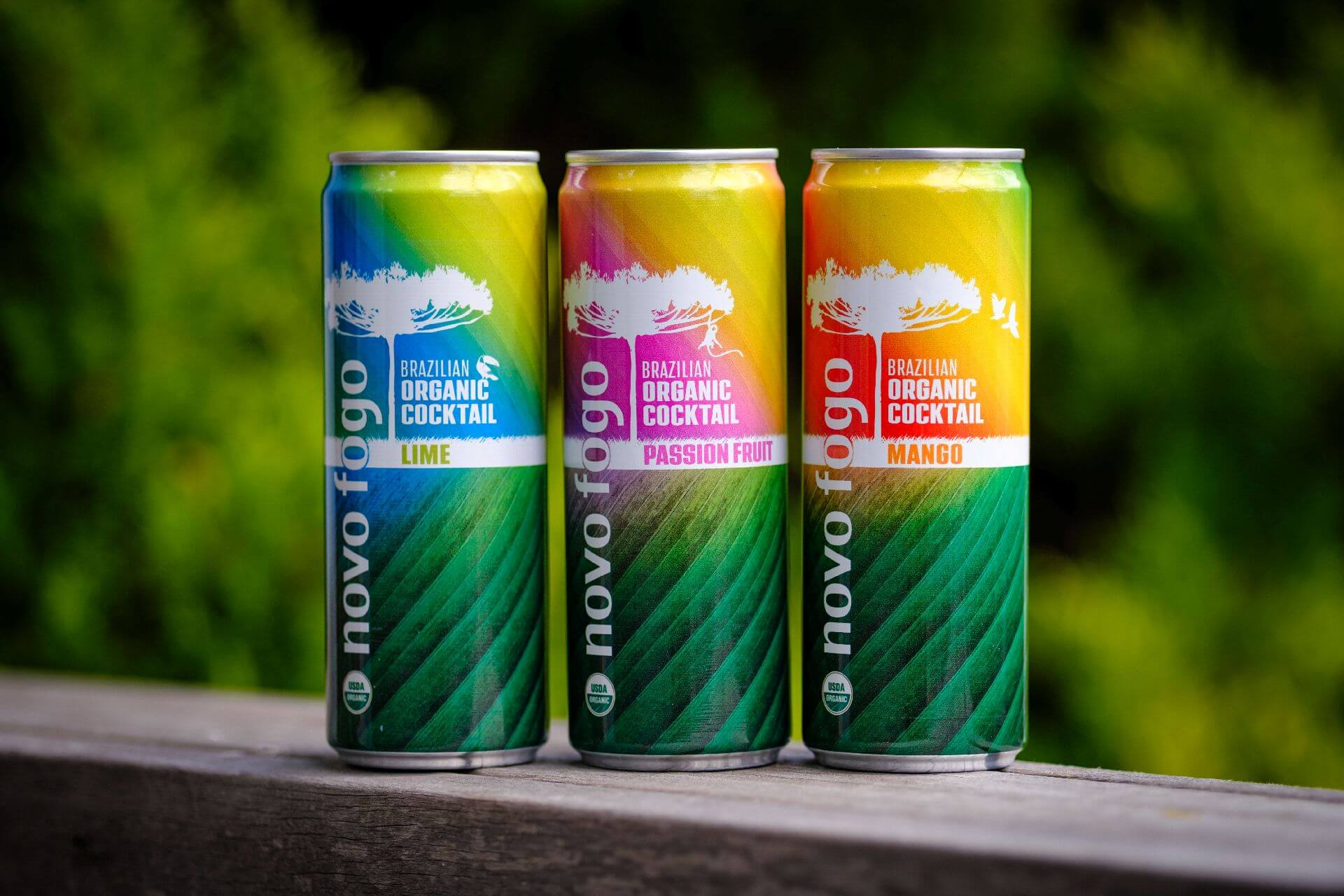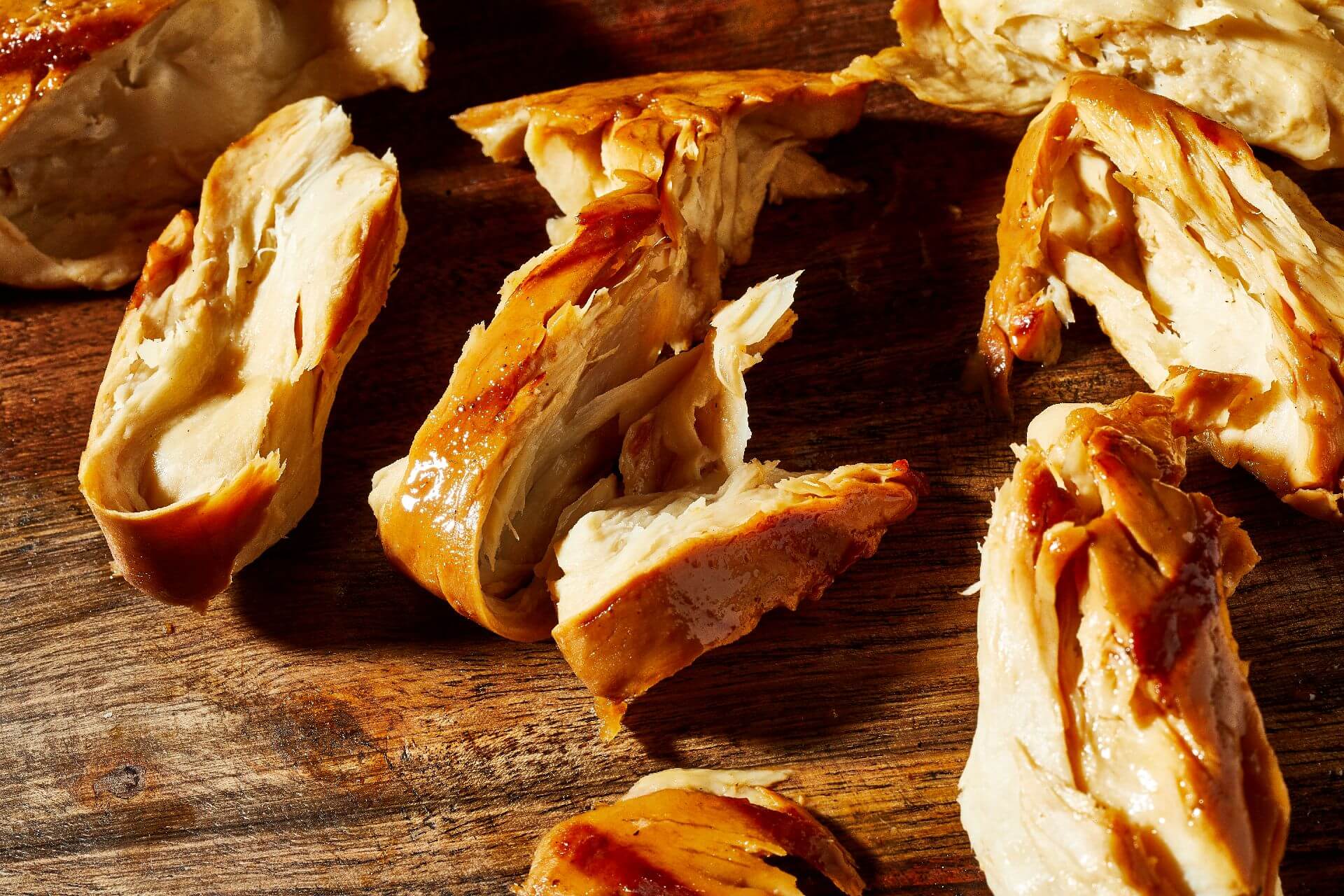The Year of Pineau des Charentes?
by David Klemt
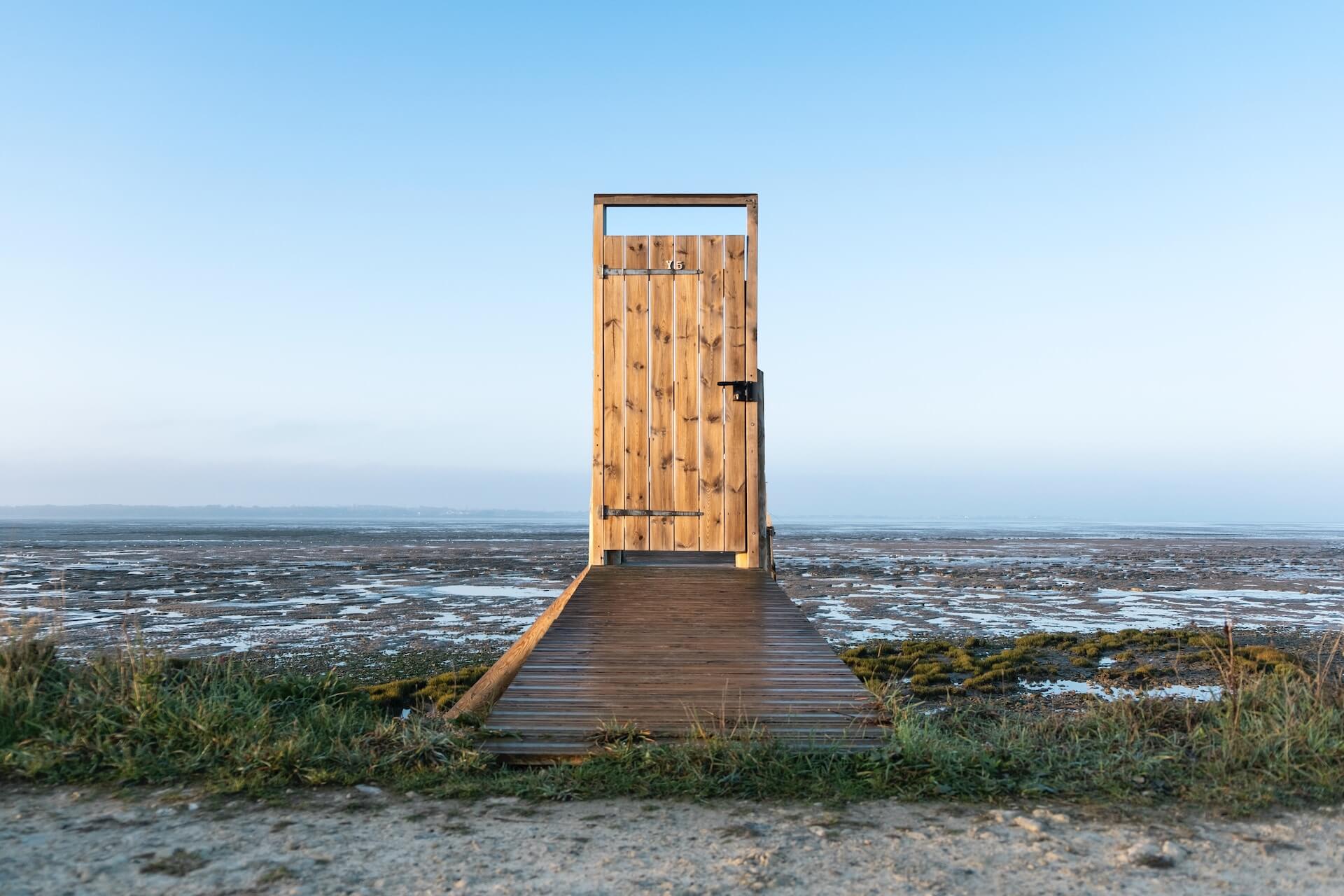
A pier and door in the Charente-Maritime department of France, home of Pineau des Charentes.
Take Cognac’s eponymous and legendary brandy, add grape juice or grape must, mature the blend, and you get Pineau des Charentes.
Pineau, a less unwieldy name for this vin de liqueur, comes in white, red, and rosé styles. Unfortunately, owing to Pineau not being as famous as Cognac, these fortified wines aren’t very well known to the general public.
However, bartenders and bar owners are trying to turn that around. In fact, the iconic Ivy Mix theorized last week that 2023 could become the Year of Pineau.
Toward the bottom of her post, Mix says it’s “[t]time to [p]lay with Pineau!” She also includes a recipe for a Pineau-led version of the Saturn cocktail.
Pineau is excellent for hot summer days, and it plays well in tiki or nautical drinks and other cocktails.
Of course, Mix’s post got me thinking: Do enough people know about Pineau to help guide their guests in discovering it and adding it to their beverage rotation?
So, below you’ll get a crash course in Pineau des Charentes, your and your guests’ new favorite fortified wine.
Mix has been a guest of the Bar Hacks podcast, featuring on episode 54 and episode 58 if you’d like to learn more about her approach to hospitality.
A Happy Accident?
If you know anything about me, you know I love a good drink origin story. This is mainly due to the fact that there are either disputes or we’re simply perpetuating a guess or theory.
Well, Pineau des Charentes has a bit of a “foggy” origin itself.
From what I can find, this vin de liqueur traces its roots back to a winemaker in the late 1500s—supposedly. Rumor has it that he put grape must—freshly crushed grape juice—into what he mistook for an empty barrel. In reality, the barrel, which was put to rest for a few years, contained Cognac.
Bippity, boppity, booze, Pineau was born. In 1921, a winemaker in Burie, a commune in Charente-Maritime, commercialized Pineau.
How it’s Made
Production, while controlled, is straightforward.
In most cases, a single house handles production on their own. They grow the grapes that become brandy, they make the juice by pressing more grapes, and they add the juice to the eau de vie.
For the curious, the grapes most often used in the production of Pineau are:
- Cabernet Franc
- Cabernet Sauvignon
- Colombard
- Folle Blanche
- Jurancon
- Merlot
- Merlot Blanc
- Meslier St Francois
- Montils
- Sauvignon Blanc
- Semillon
- Ugni Blanc
Many people are probably familiar with the term for blending eau de vie with juice: assemblage. However, they may be less familiar with the result of assemblage: mutage. This step simply stops the fermentation process.
With assemblage completed—the ratios are highly controlled—the blend is matured. A white Pineau must spend 18 months maturing, 12 of those months in an oak barrel. For a red Pineau, those numbers are 12 months and eight months.
Then, the Pineau is bottled. As mentioned at the start of this section, Pineau is controlled; it’s subject to the rules of the vin de liqueur Appellation d’Origine Contrôlée, or AOC. So, Pineau must be bottled within its AOC region.
Types of Pineau des Charentes
At the top of this article I mention that there are white, red, and rosé Pineaus. In other words, there will be a familiarity with Pineau from the wine drinkers amongst guests. This can, of course, make it easier to introduce it to them.
White Pineau, the most widely known style, is broken down into:
- blanc, minimum aging (18 months, 12 in oak barrels);
- vieux blanc, spending at least five years in oak casks; and
- très vieux blanc, resting for at least 10 years in oak.
That brings us to red Pineau and its age breakdown:
- rouge, minimum aging (12 months, eight in oak casks);
- vieux rouge, resting for a minimum of five years in oak; and
- très vieux rouge, spending at least 10 years in oak barrels.
Red is the most popular style of Pineau in its home region.
Now, when it comes to rosé Pineau, the aging is very similar to red or rouge. However, the line of separation, based upon maceration time, is quite thin.
Speaking of familiarity, by the way, many well-known Cognac houses also produce Pineau. This means guests should recognize names like Rémy Martin, Pierre Ferrand, and Hardy.
How it Tastes
All of this leads us to the big question that will be on your bar team and guests’ minds: What does Pineau taste like?
Generally speaking, Pineau is sweet. However, it’s not sweet in an overwhelming way. Rather, your guest-facing team members can explain that Pineau is described as having a natural sweetness. Older styles also tend to deliver more complex profiles, including flavors such as honey and nuts.
Of course, the best way to know how to describe a given Pineau in your inventory is to taste your team on each expression.
Pineau is most often enjoyed chilled and served in a tulip-shaped glass. However, as Mix and other bartenders will tell you, Pineau performs very well as a base or modifier in cocktails.
And at 16- to 22-percent ABV (most often 17 percent), Pineau is similar in proof to Sherry and Port. In fact, I recommend creating a fortified wine flight (premium price for premium products and a premium experience) that allows guests to compare Sherry, Port, and Pineau.
To get things started, Mix’s Pineau-based Saturn recipe is below. Cheers!
Venus’s Point
- 1.5 oz. Pineau de Charentes White (Mix uses Pierre Ferrand in the Instagram post above)
- 0.5 oz Agricole Rhum (Mix uses JM in the Instagram post above)
- 0.75 oz. Fresh lemon juice
- 0.25 oz. Passionfruit syrup
- 0.25 oz. Orgeat
- Lemon wheel to garnish
Simply shake, strain, serve up, and garnish.
Image: Les Argonautes on Unsplash

